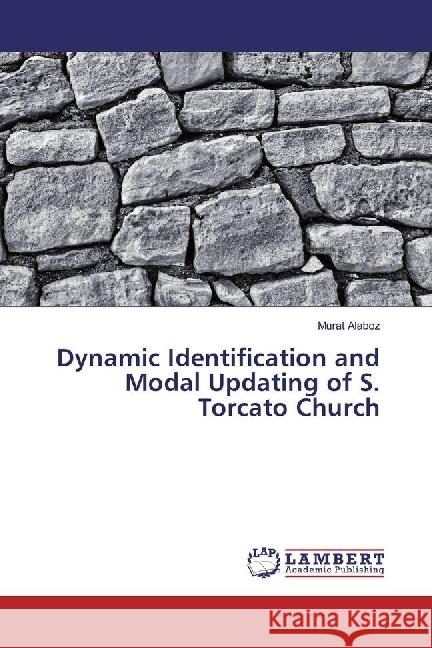Dynamic Identification and Modal Updating of S. Torcato Church » książka
Dynamic Identification and Modal Updating of S. Torcato Church
ISBN-13: 9783659852442 / Angielski / Miękka / 2017 / 124 str.
Considering the modern conservation criteria that demands minimum intervention and preservation of historical constructions, the understanding of any damage phenomena and the seismic assessment have significant importance. Any numerical model that is constructed for this purpose must represent the existing properties and structural conditions. In that point, different non-destructive inspection techniques are being used to provide local and global information. Experimental dynamic identification techniques, which are generally based on the acceleration records, allow obtaining natural frequencies, mode shapes and damping coefficients of a structural system. These data represent the overall dynamic response of a structure as a result of its mechanical properties that are generally unknown or difficult to obtain. If accurately estimated, the real response of the structures under specified or unknown excitation's can be used to tune numerical models. In addition, dynamic measurements may be used for monitoring and for evaluating the changes of dynamic response through time.











